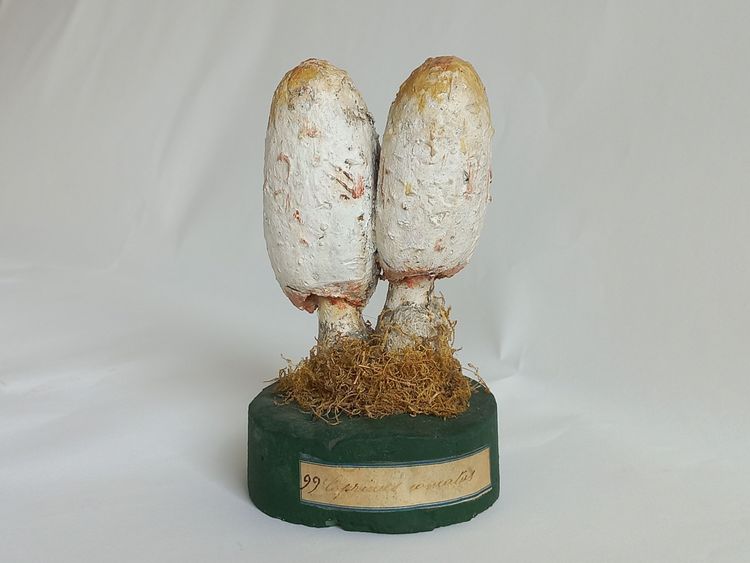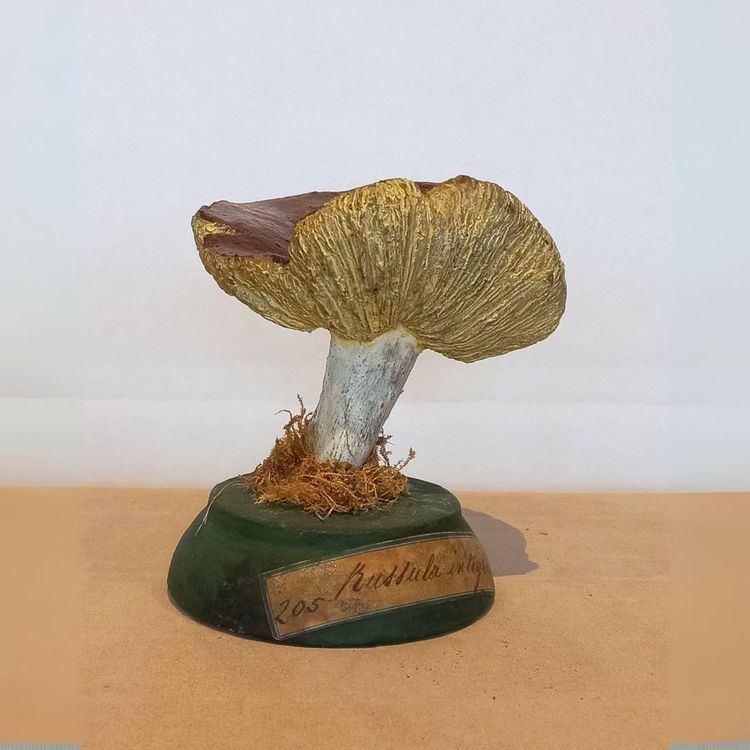Among the educational collections kept in the Botanical Museum are four lithographed sets of teaching wall charts: the Ausländische Kulturpflanzen in farbigen Wandtafeln, published by Vieweg and Son and consisting of nearly 70 plates depicting, for the most part, exotic food plants; the Botanische Wandtafeln, drawn by Ross and Morin, concentrating on various topics including pollination strategies; and the Pflanzenpathologische Wandtafeln, comprising seven plates that depict parasitic organisms such as mistletoe and moulds. The only charts of Italian origin, published by Paravia of Turin, are a set of 12 plates depicting plant structures, different types of fruits and seeds and certain fertilisation systems. All of the charts, which were used in lectures, date back to the beginning of the 20th century, except for the first German set, which was published at the end of the 19th century.
The Museum also houses two collections of model fungi, some fashioned in clay, some in beeswax, comprising 185 pieces in all. Dating to the first half of the 19th century, some models show different stages in the maturation of the fungus, whereas others are cross-sectional, highlighting the different colours of the inner tissues. The models of a first group — numbering 123 exhibits — were created in wax by Count Carlo Avogadro degli Azzoni (1812-1879), whereas the remaining 62 models are made of clay and attributed, albeit with some uncertainty, to the wax artist Egisto Tortori (1829-1893).














